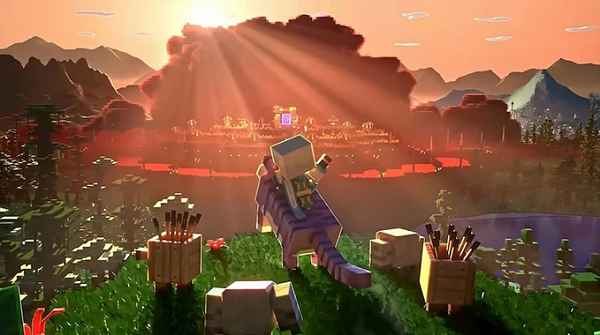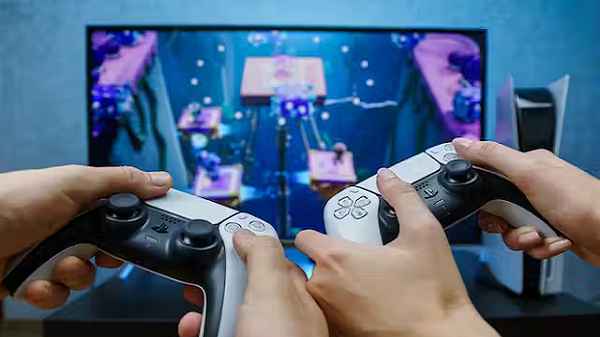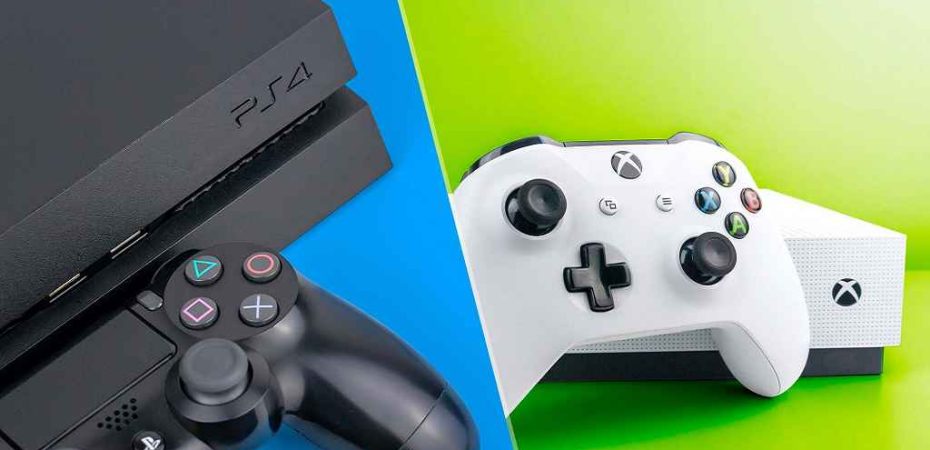The world of gaming has seen incredible advancements over the years, with each new generation of consoles pushing the boundaries of technology and gaming experiences. Two major players in this arena are Sony’s PlayStation and Microsoft’s Xbox. While these consoles have often been seen as competitors, a question that has intrigued gamers and industry insiders alike is whether the PS4 and Xbox One can play together. Can these two gaming giants bridge the gap and allow players from different platforms to share their gaming adventures? In this article, we delve into the intricacies of cross-platform play between the PS4 and Xbox One.
Cross-Platform Play: A Brief Overview
Cross-platform play, often referred to as cross-play, is the concept of allowing gamers from different gaming platforms to interact and play together in the same multiplayer games. This has been a long-standing dream for players who want to enjoy gaming experiences with friends, regardless of the console they own. Historically, the gaming industry has been fragmented due to exclusivity deals and differences in online ecosystems, making cross-play a rarity.
The notion of cross-play gained significant traction with the advent of online multiplayer gaming. As games evolved from local co-op to online multiplayer experiences, the desire to break down the walls between platforms became more pronounced. This desire prompted various gaming companies to explore the possibility of cross-play between their consoles.
The Landscape of Cross-Platform Play

Cross-play, while highly desired by gamers, has not always been an easy feat to achieve. One of the primary challenges lies in the differences between gaming ecosystems, online services, and security protocols of various consoles. Sony’s PlayStation Network (PSN) and Microsoft’s Xbox Live, for instance, have distinct infrastructures that need to be harmonized for cross-play to work seamlessly.
However, the tides began to change around 2018 when both Sony and Microsoft expressed their willingness to explore cross-play possibilities. Epic Games’ immensely popular battle royale game, Fortnite, played a pivotal role in this shift. Fortnite allowed players on PS4, Xbox One, Nintendo Switch, PC, and even mobile devices to play together in the same game instance. This marked a significant step towards bridging the gap between different platforms.
The Fortnite Effect
Fortnite’s success in implementing cross-play shed light on the benefits of a more open gaming ecosystem. Gamers across platforms could now unite and compete in the same virtual arena, erasing the divides that had long existed. This success also sparked discussions among players and industry leaders about the feasibility of extending cross-play to other popular titles.
Epic Games’ success with Fortnite led to other developers and publishers considering cross-play options for their games. Games like Rocket League, Call of Duty: Warzone, and Minecraft joined the ranks of titles that supported cross-platform play. However, the real challenge lay in convincing companies with established gaming ecosystems, such as Sony and Microsoft, to collaborate on this endeavor.
Sony’s and Microsoft’s Approaches to Cross-Play

Sony and Microsoft, as the primary stakeholders in the console gaming industry, took different approaches to cross-play. Sony, initially hesitant, eventually warmed up to the idea of cross-platform play. The company’s decision to allow cross-play for Fortnite marked a significant turning point. This led to more games like Rocket League and Call of Duty: Modern Warfare supporting cross-play on the PS4.
Microsoft, on the other hand, had been advocating for cross-play for some time. The company’s Xbox Play Anywhere initiative aimed to bridge the gap between Xbox and Windows 10 gaming platforms. Additionally, Microsoft’s acquisition of Mojang, the developer of Minecraft, further emphasized its commitment to cross-play. Minecraft was made cross-play compatible across various platforms, including PS4, Xbox One, Nintendo Switch, and PC.
Technical and Logistical Challenges
While the willingness of gaming companies to support cross-play was a significant step forward, technical and logistical challenges persisted. Cross-platform play required synchronization of updates, patches, and content releases across different platforms. Additionally, concerns about balancing gameplay experiences and ensuring a level playing field for all players had to be addressed.
Another significant challenge was communication between players on different platforms. In-game voice chat, text communication, and party systems had to be seamlessly integrated to create a unified multiplayer experience. These challenges often required close collaboration between developers, publishers, and console manufacturers.
The Future of Cross-Play
As the gaming industry continues to evolve, the prospect of cross-play is likely to become more prevalent. Gamers are increasingly expecting the ability to play with friends, regardless of the platform they use. While cross-play was initially confined to multiplayer games, the concept is now expanding to other genres and gaming experiences.
Looking ahead, the advent of next-generation consoles—Sony’s PlayStation 5 and Microsoft’s Xbox Series X|S—brings with it new opportunities for cross-platform play. These consoles are equipped with enhanced processing power, improved networking capabilities, and refined online services, which could pave the way for even smoother cross-play experiences.
Conclusion
In conclusion, the question of whether PS4 and Xbox One can play together has transformed from a distant dream to a tangible reality. The gaming industry’s shift towards cross-play signifies a willingness to prioritize player experiences over console rivalry. While technical challenges remain, the future holds promise for an increasingly interconnected gaming community, where players can come together and share memorable gaming moments, regardless of the console they choose to play on.
Read also:
- How to Play NCAA 14 on PS4
- 6 Ways To Fix PS4 Controller Flashing White
- Monoprice 110010 Review
- How to Access PlayStation Plus 14 Day Trial?
- How To Fix Cannot Complete the Update Error SU-42481-9 on PS4
- 5 Ways To Fix ‘Life360 App Not Working’ Properly
- TextNow Number Lookup: Trace a TextNow Number for Free
- Polk Audio Buckle Headphones Review
- How to Watch The Hunger Games on Netflix



